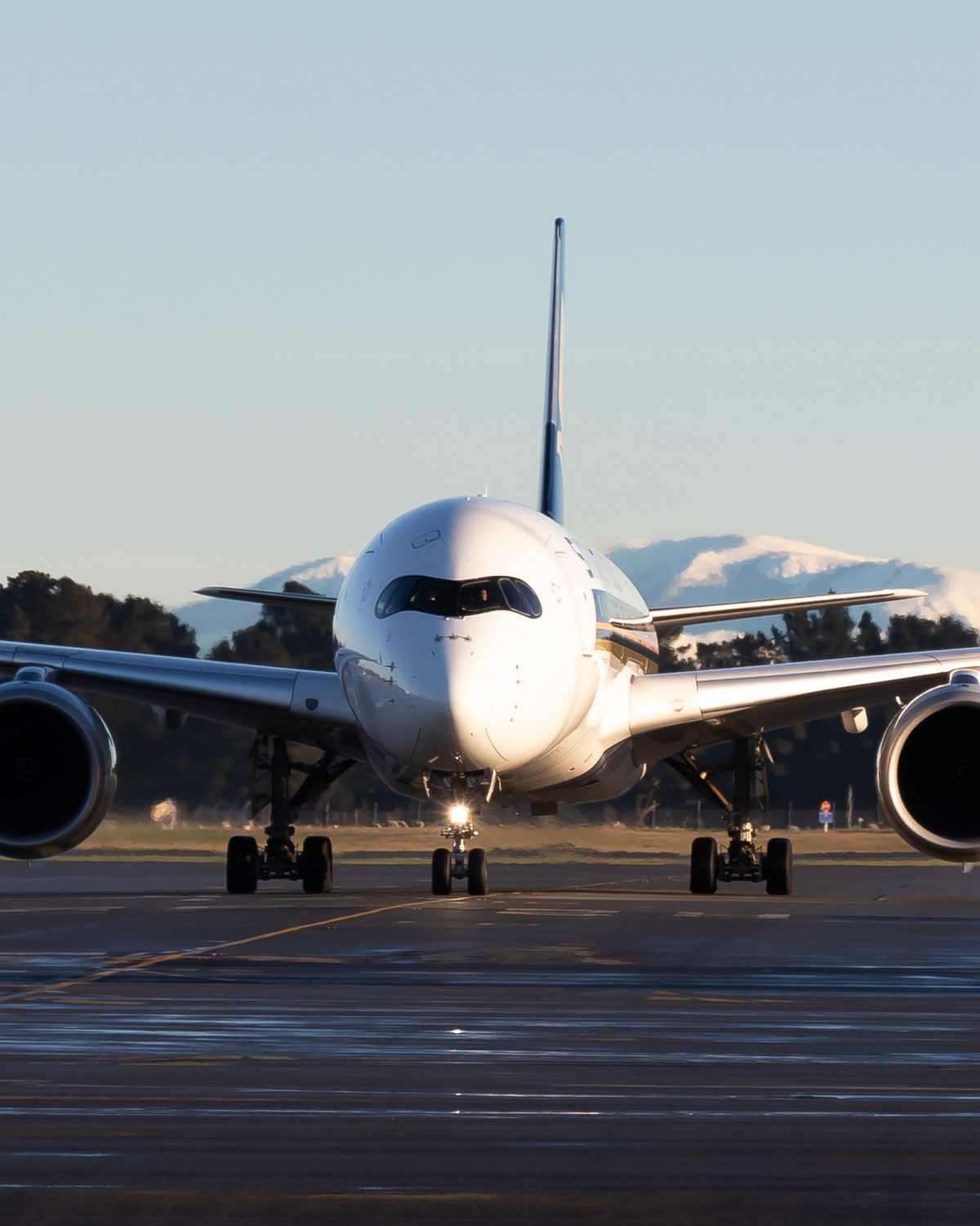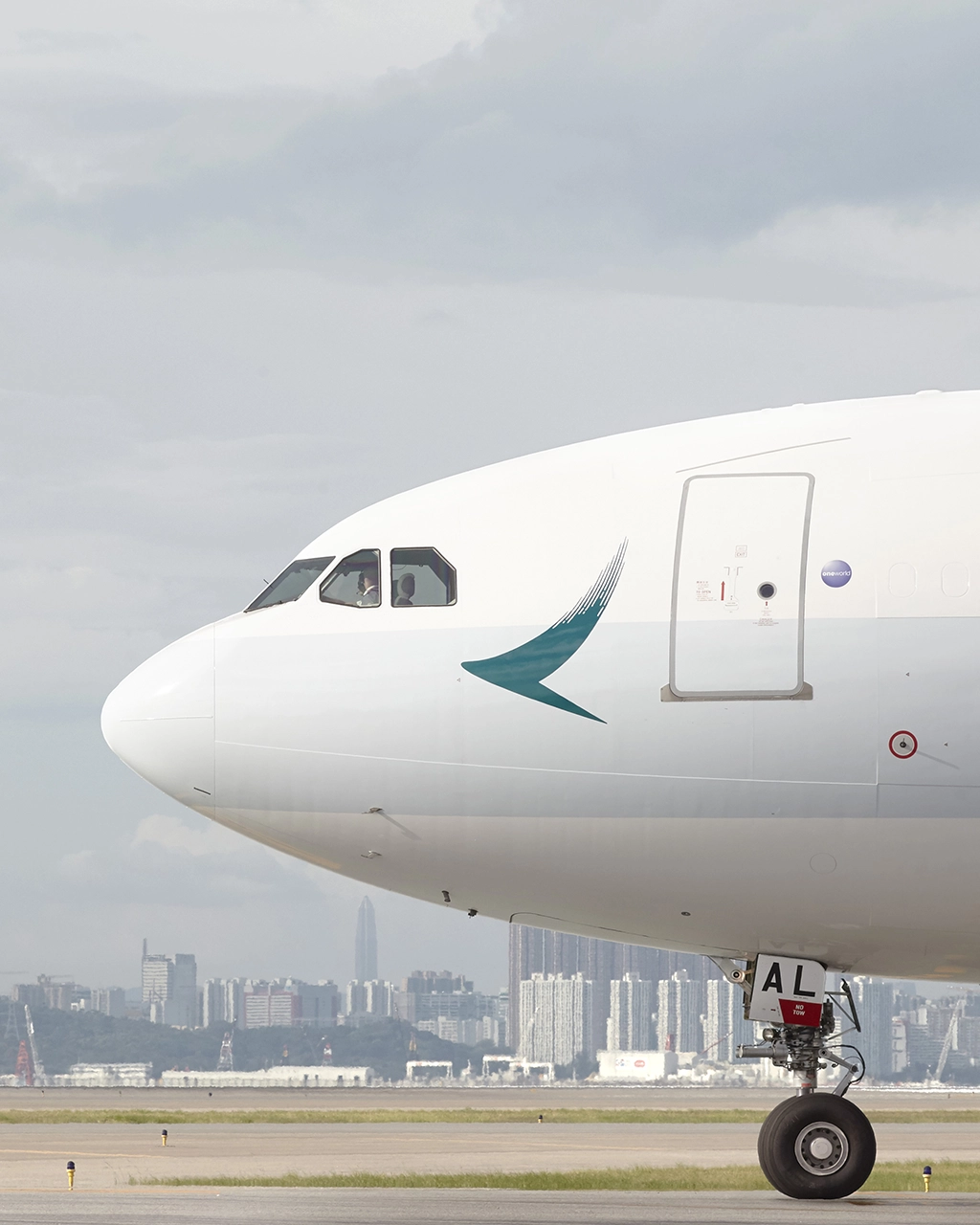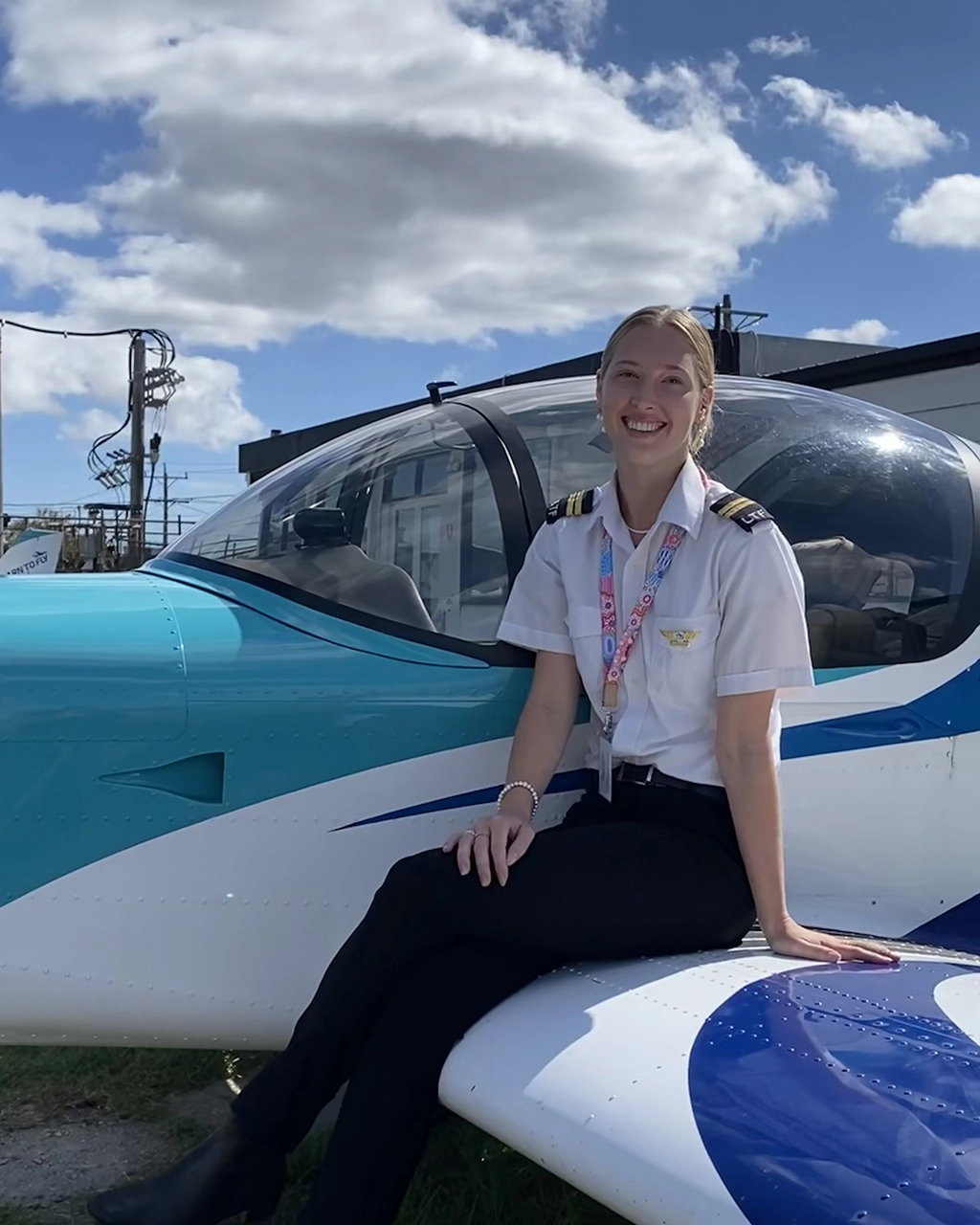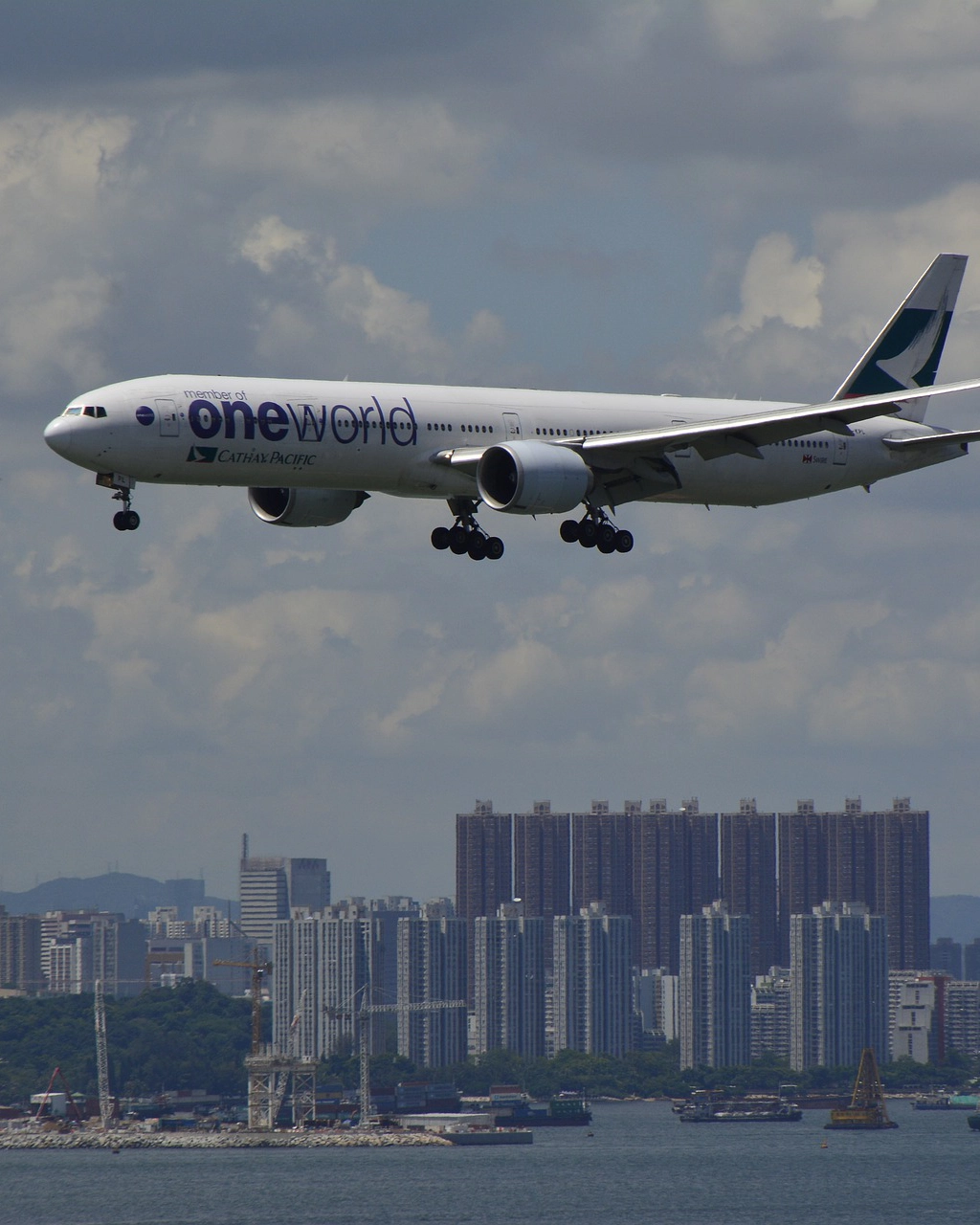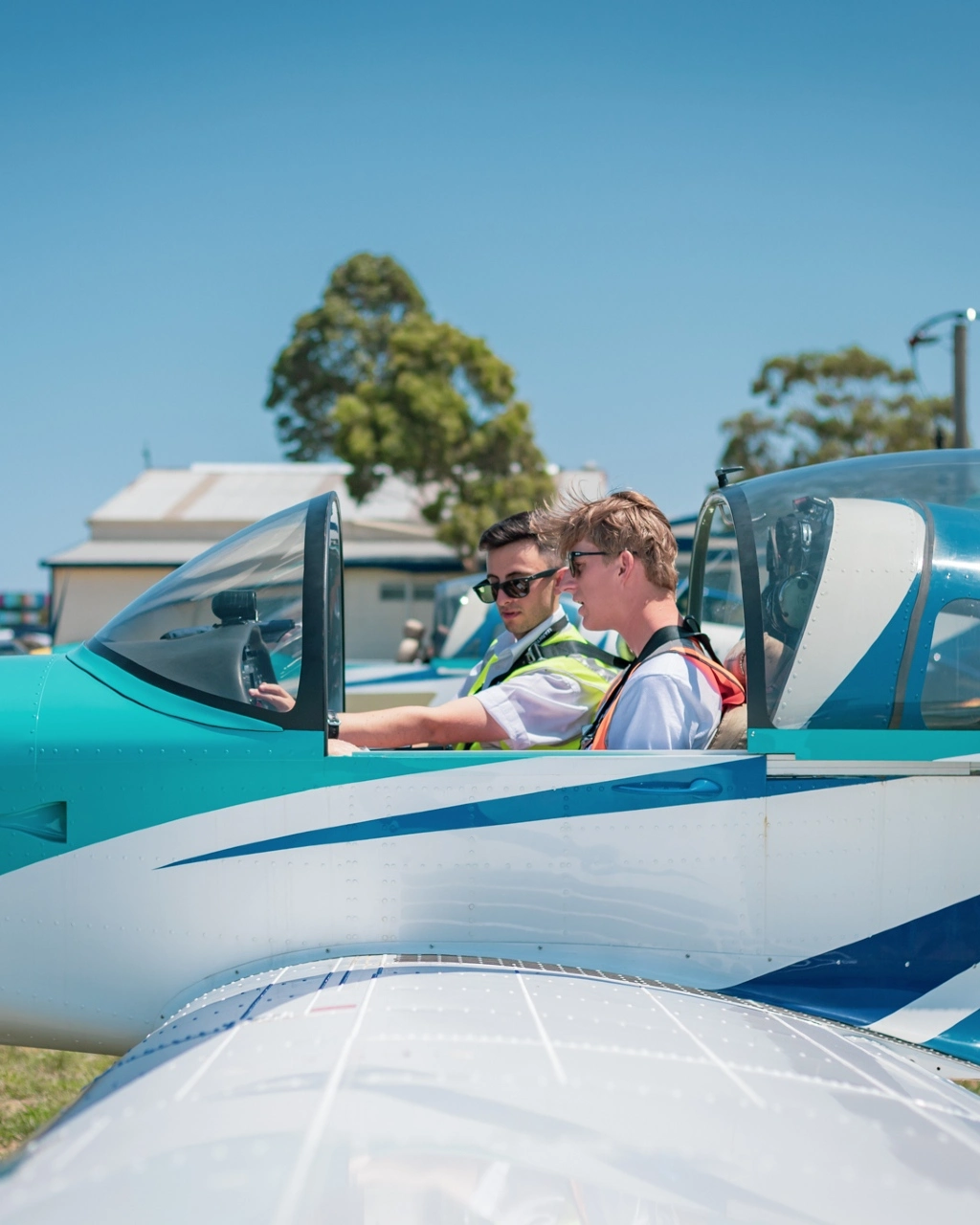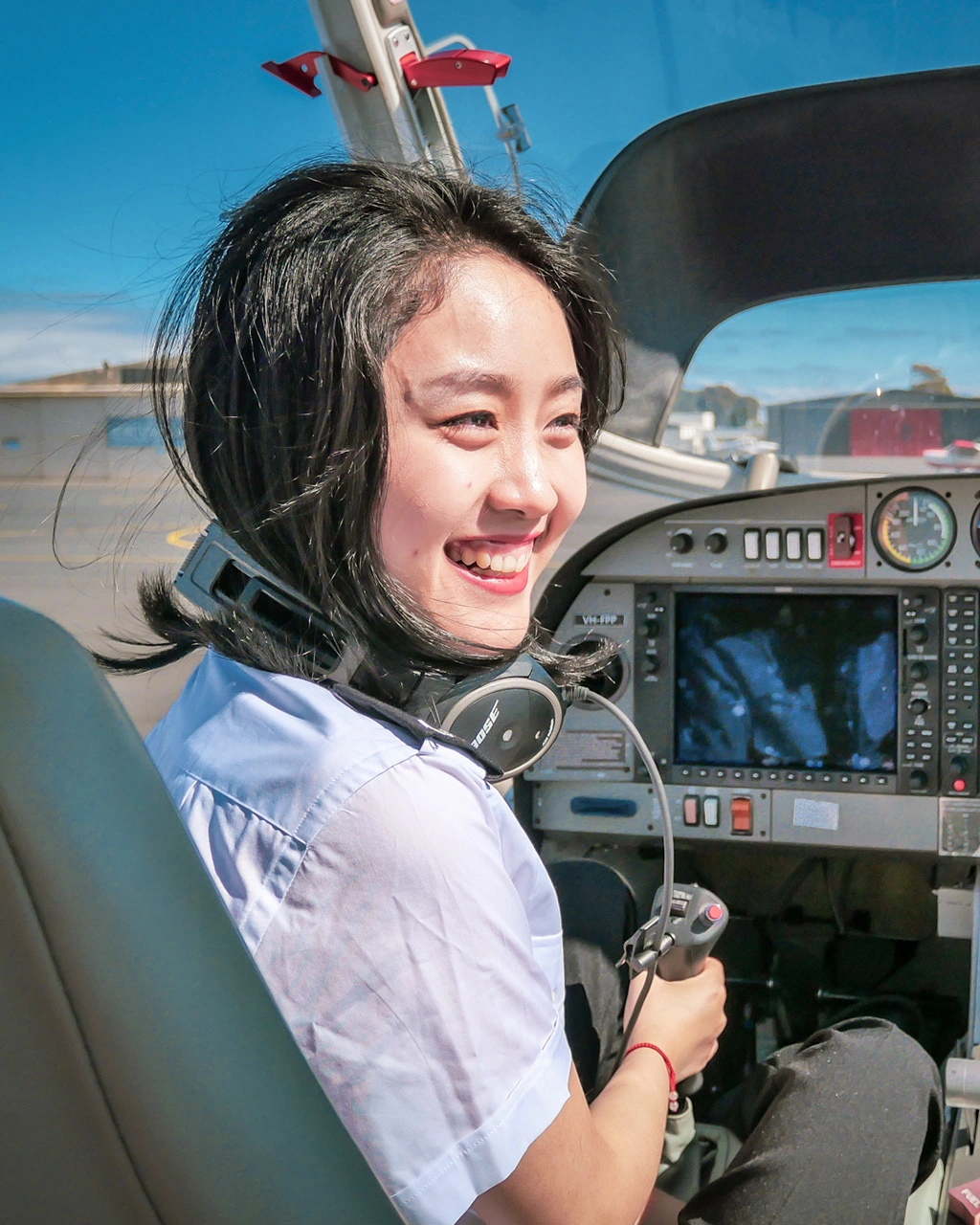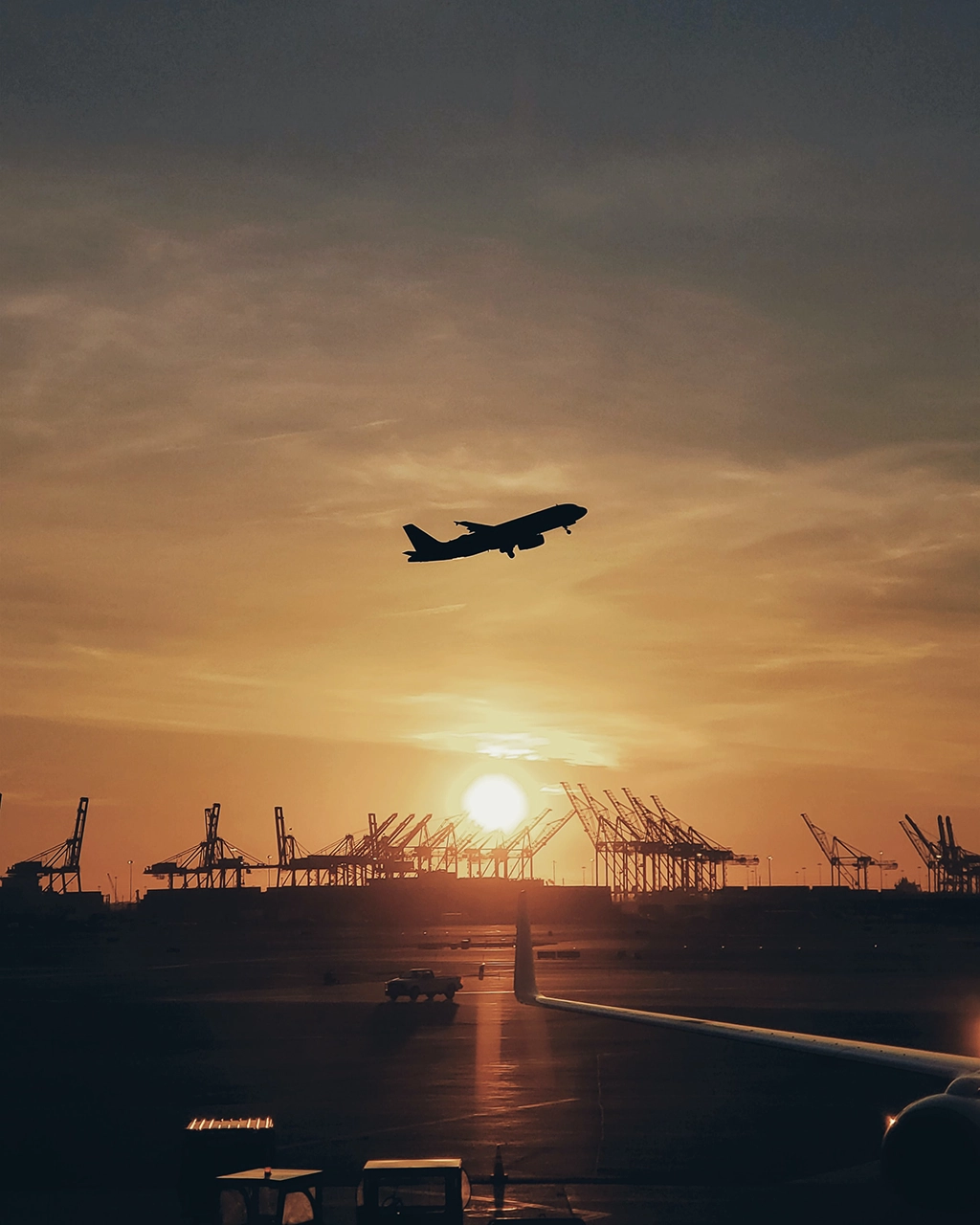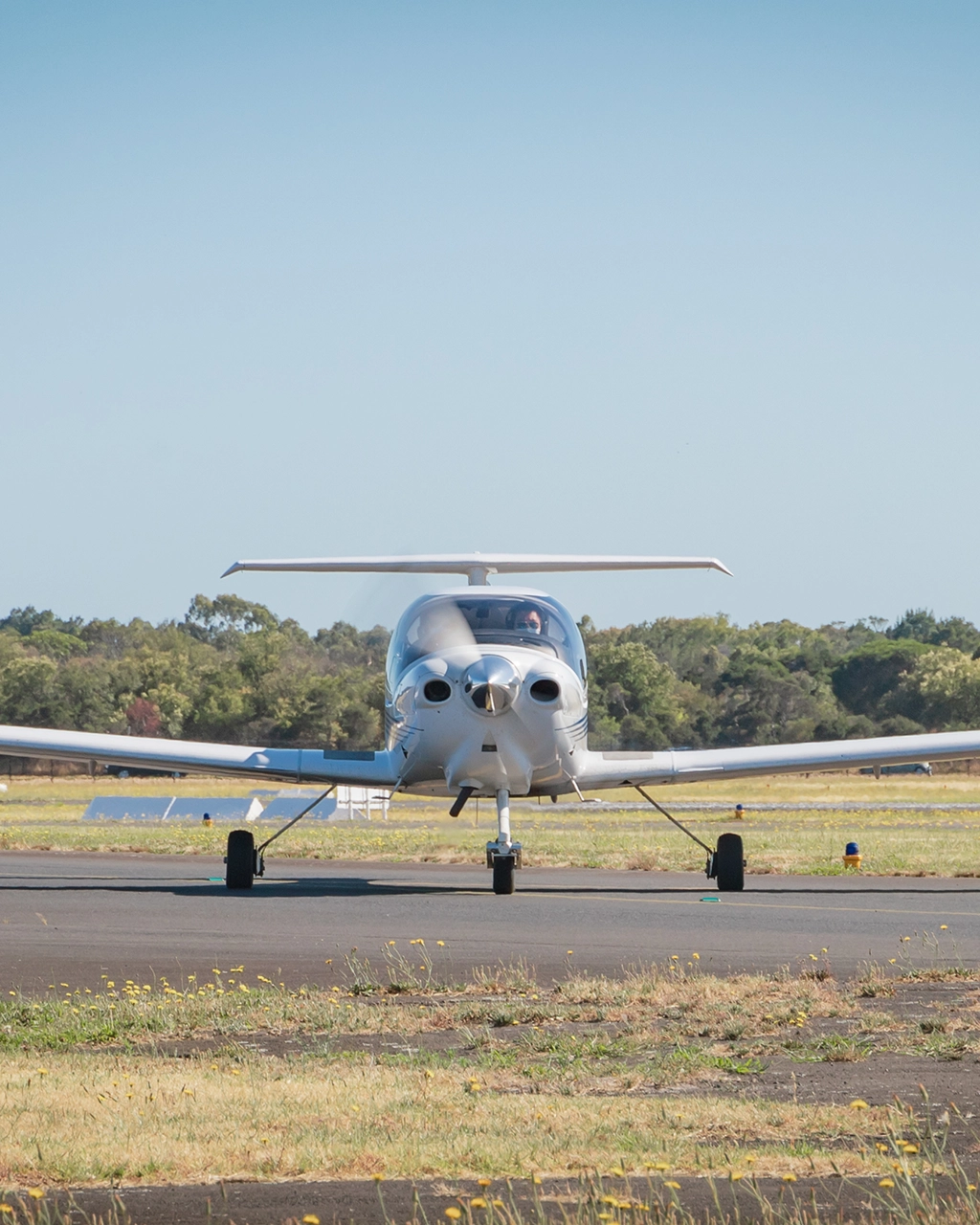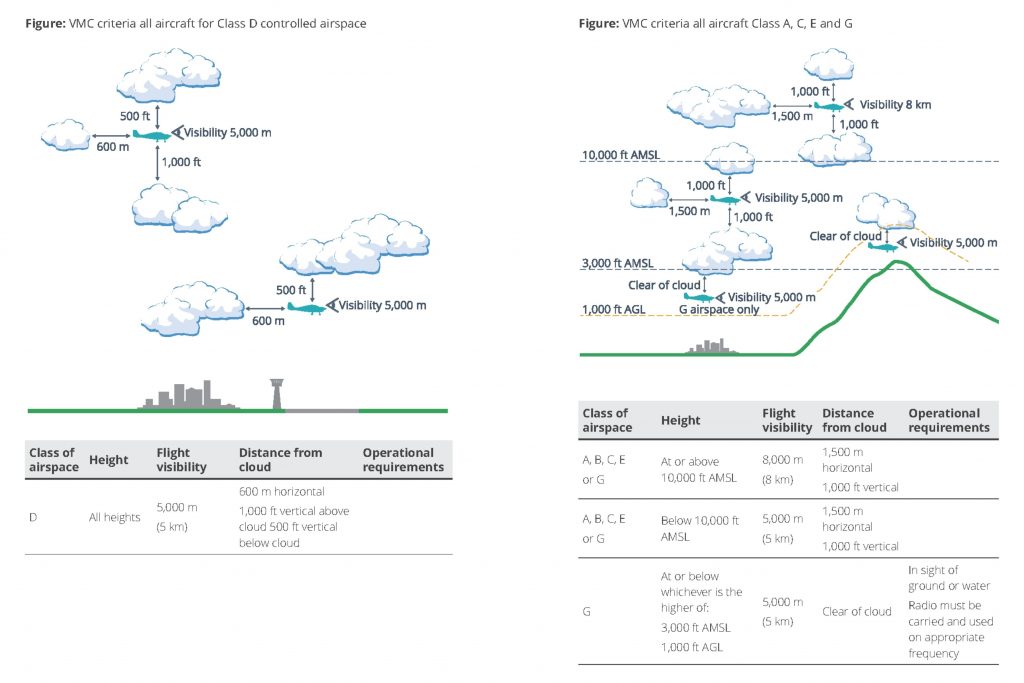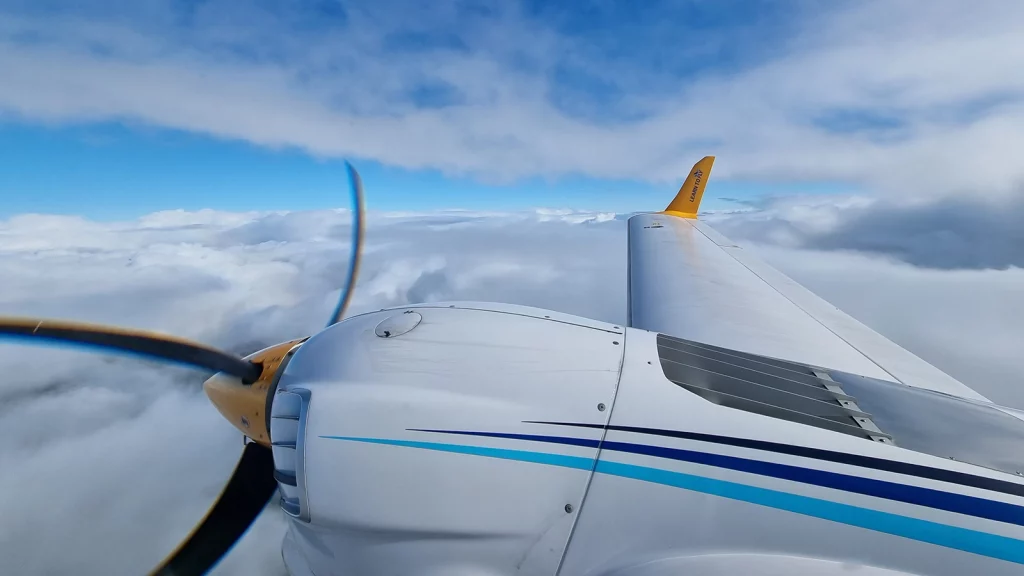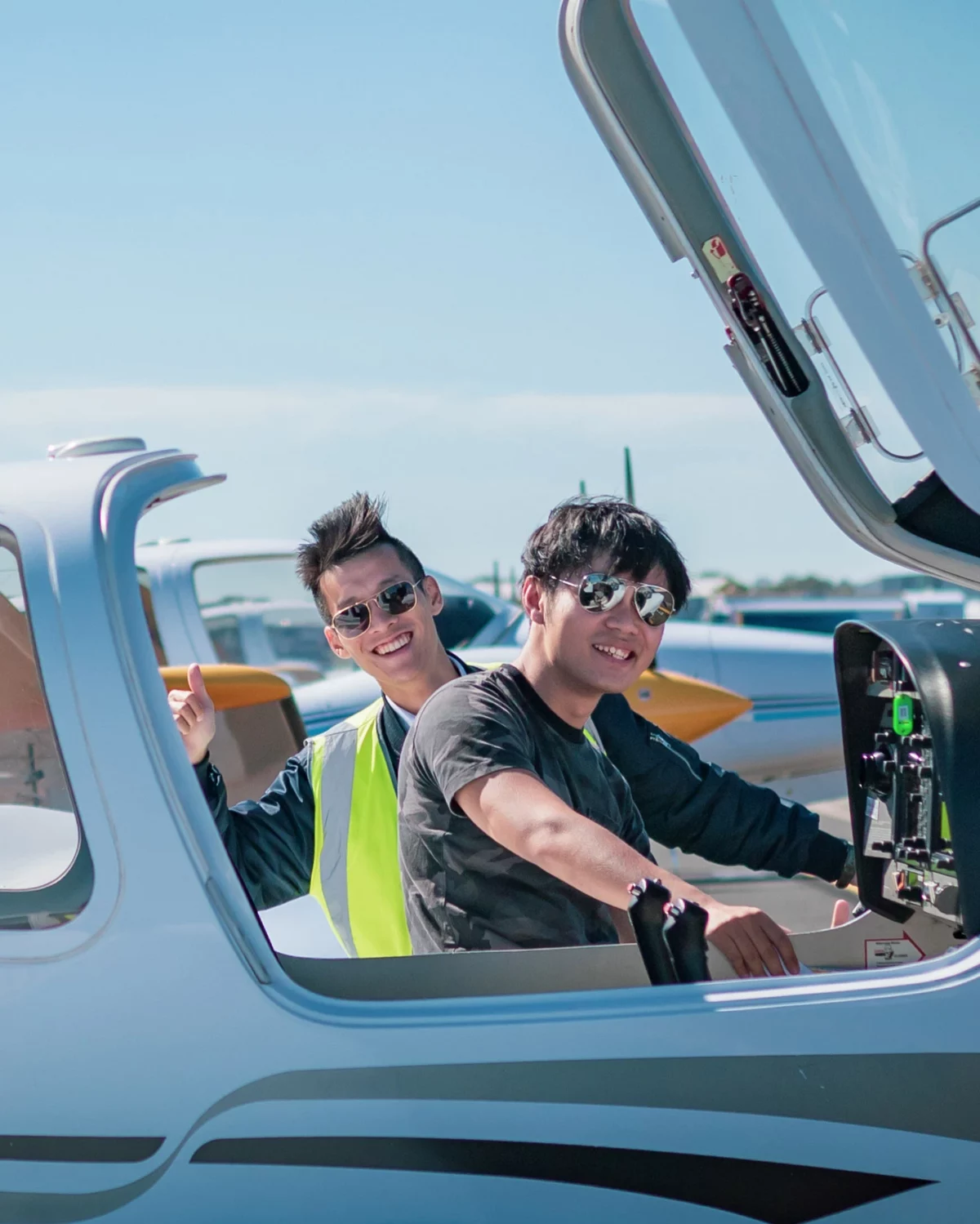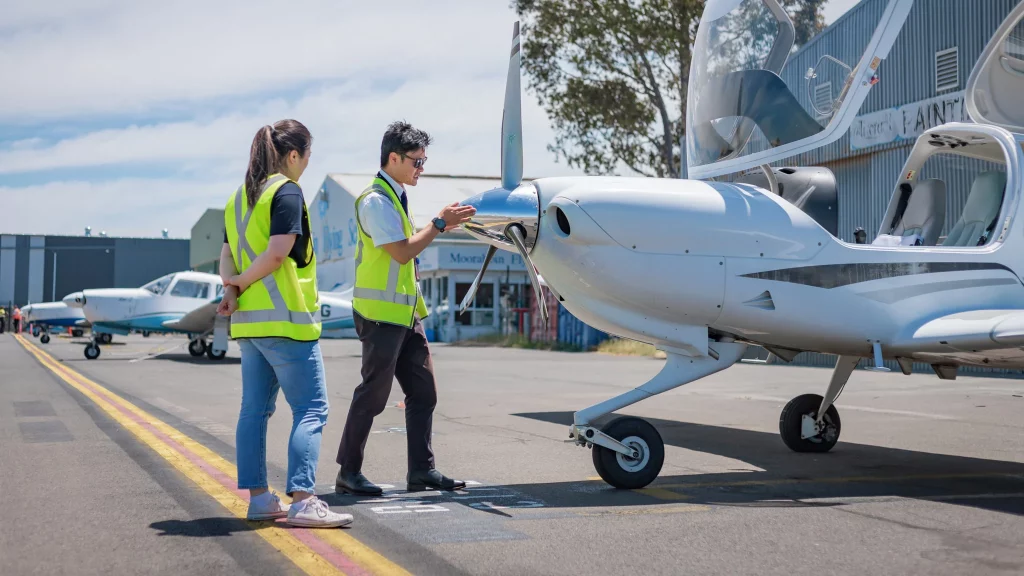Following on from our recent seminar on How to Become an Airline Pilot In Singapore in 2022, we have prepared some answers to a range of common questions. These should provide some additional insight into the Singapore Airlines Cadet Pilot Programme as well as Direct Entry.
What is the rate of success for cadet pilot applications? How many people apply and how many get in?
The SIA Cadet Pilot Programme is highly competitive. Information suggests that around 1,000 applicants are submitted per year, with only around 100 cadets accepted. The intake may increase as demand increases, but preparation is still extremely important to ensure your application stands out.
Many Singapore Airlines cadet applications are culled simply due to ineligibility (failure to meet minimum requirements), so taking the time to review the prerequisites is important.
Is age a factor in selecting cadet pilot applicants? Can you be too old?
Singapore Airlines have traditionally preferred cadet applicants within the 26 – 32 years old range. Given the forecasted increase in pilot demand, this may change and they may be willing to look outside that range. We will update this blog if we receive further inside information on current preferences.
Do I need to have maths or science studies to be considered?
Maths and science are 2 areas specifically mentioned by Singapore Airlines in the prerequisites. Applicants with no maths or science studies may be at a disadvantage. We would strongly recommend completing some flight training beforehand to be able to demonstrate your passion for aviation, and your ability to progress as a pilot regardless of no maths/science study. Our Future Cadet Pilot Program is perfect for this.
How long does it take to hear back from Singapore Airlines once you have applied?
The SIA cadet application process is experiencing delays in administration. Whilst information suggests that you should hear back from your initial application in around 2 weeks, this may take longer.
Are group exercises still a part of the interview process?
Group exercises are not being conducted as part of Singapore Airlines’s interview process at the moment. However, there are still be areas of the interview process where you will need to demonstrate strong group or team working skills.
Are Direct Entry First and Second Officer roles also difficult to get into? Would you recommend doing more than the minimum hours required?
Even though direct entry roles are more based on experience and qualifications that you either already have or don’t have, they are still competitive. You will still need to prepare in order to present a strong application, and to present well in the interview phases – which is why we recommend considering a course like the Airline Interview Coaching Session.
Does Singapore Airlines accept Non-Singapore Permanent Residents or Citizens?
At this stage you must be either a Singapore Citizen or Permanent Resident to be accepted.
If I have no flying experience, do I still have a chance of being chosen as a cadet?
The short answer is yes, but we don’t recommend leaving this to chance, and VERY strongly recommend that you have at least some flying experience prior to applying. If you have already applied, we still recommend looking at doing some flying prior to applying. If you have interviewed and been accepted – even then, we recommend doing some flight training as it will really help you to hit the ground running when your cadet flight training phase commences.
SIA are experiencing delays in their cadet selection and training, which gives you a GREAT opportunity to get in some extra preparation and/or flight training regardless of where in the process you are. We recommend checking out our Future Cadet Pilot Program (FCPP), which includes both application/interview preparation and practical flight training.
As an added bonus – the Australian Dollar is very low at the time of writing (Oct 2022) – this means that the process of coming to Australia to complete a program like the FCPP is far cheaper than it usually would be for Singapore pilots.
If I have already done PPL training, can I still apply?
Absolutely. We usually recommend training to RPL level, as this shows that you are able to progress through understanding the basics of flying, fly solo, and achieve a licence. To show that you have continued your training as far as PPL level will certainly not disadvantage your application, however Singapore Airlines may want to know why you didn’t progress with CPL, and clarify that you are happy to go back to the start for your cadet training.
Is the technical exam still a part of the process? What’s your advice in studying the technical interview in a short amount of time?
Yes, it will be a part of the interview. Whatever the current exact format, we strongly recommend that applicants should have an established basic knowledge of aerodynamics and general aviation topics. Singapore Airlines has many YouTube videos available, and a well prepared candidate should have watched all of them.
In addition, there are two texts that we recommend for technical knowledge preparation. These are “Ace The Technical Pilot Interview” by Gary Bristow and “Handling The Big Jets” by D.P. Davies
How long will Singapore Airlines be accepting Cadet Pilot applications for?
Given the longer term pilot shortage projections, we believe that there will be an ongoing need for consistent cadet pilot recruitment for many years to come.
Do I have any aviation knowledge for the interview?
We will always recommend obtaining some technical aviation knowledge, and the best way to do this is by enrolling in some flight training.
If you wear glasses, can you still come a SIA cadet pilot?
The pre-requisites state that you must have myopia of not more than 600 degrees and astigmatism of not more than 200 degrees, fully correctable with optical aids. For candidates who have undergone corrective eye surgery, the pre-surgical visual acuity must meet the above requirements. We recommend contacting the CAAS Medical Department or your doctor for case-by-case advice.
Do I need to pass the ICAO English Test before I apply for the cadet pilot program?
You don’t need to have passed the Aviation English Language Proficiency (AELP) exam prior to application, however doing so may well be an advantage, and will at the very least speed up the process. You need to achieve at least ICAO Level 4 – which is a conversational standard of English and easily achievable for most Singapore-born English speakers.
How long does it take to complete the ATPL ground school and exam?
The latest advice we have received suggests that this phase may take up to 7 months.
If you took a lot of training hours to fly solo, could this negatively affect your application?
We all progress at different rates and in different environments. Going solo in itself is a massive achievement, and so we wouldn’t be too concerned about this.
If I completed flight training but it was 5 years ago – will that still be okay?
Having flight training from 5 years ago is certainly better than having no flight training. However, we would recommend doing a refresher lesson if it is possible to do so prior to applying or to the interview.
What is included in the Airline Interview Coaching Session and how long is it?
The Airline Interview Coaching Session includes 8 hours of either face-to-face or live online training. The syllabus includes airline selection process methods, optimal CV presentation, HR interview skills, technical assessment expectations, group exercises and more. Click here to learn more.
Does every applicant get a chance to interview?
No – which is why preparing a solid application is SO important.
What is the top reason people fail the interview?
There are many reasons that can cause applicants to fail the interview process, but they essentially all come down to lack of preparation.
I have recently failed the Singapore Airlines final cadet interview, and can not reapply for 6 months. What would you recommend learning in the meantime?
We would recommend starting your preparation now. Even more-so, we would recommend including some flight training – this would improve your knowledge and skills, AND importantly it would provide evidence of your dedication to an aviation career. A course like the Future Cadet Pilot Program (FCPP) is perfect for this.
How would you foresee the growth of female pilots in the future?
The future for female pilots is very bright. Airlines around the world are proactively encouraging more female applicants. In addition, there are far better support networks available for female pilots at every level today than what have been available traditionally.
Are the training phases full time?
Both the ground school training and the flight training phases are definitely full time. On top of that, both involve absolute dedication. It is common for Singapore Airlines cadets to spend at least 6 days for study, school and practicum, and to take one day off a week for social time.
If I have done some flight training and put it on my CV, will that mean they ask me harder questions?
You should ALWAYS put as much information about the flight training you have completed on your CV. That may be the difference between progressing to interview or not.
We also highly recommend checking out Pilot Kaki’s blog on the Singapore Airlines Cadet Pilot Programme process at https://www.pilotkaki.com/singapore-airlines-interview
Do you have further questions? Would you like to enrol in one of our highly successful Airline Interview Preparation courses? Please get in contact with us.
Our social media offers free flight training videos and much more – so, give us a follow at https://linktr.ee/learntoflymelbourne









